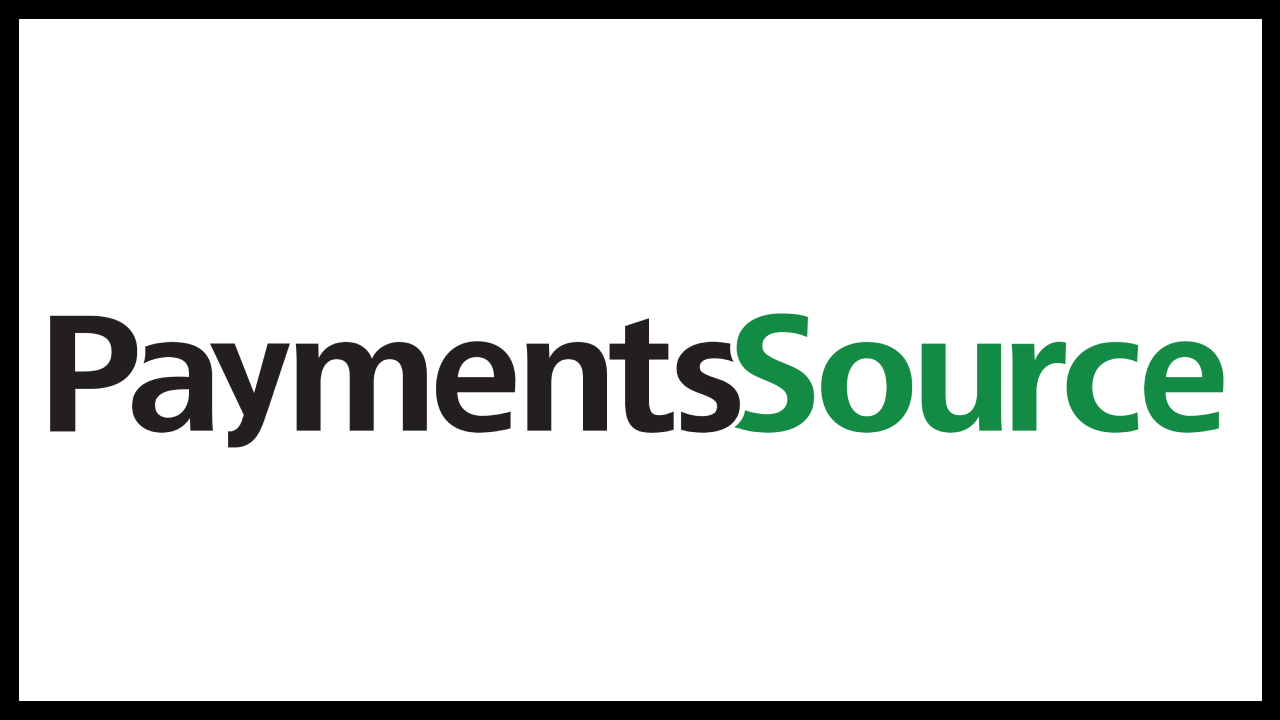The Neobank Love Affair That Wasn’t
December 1, 2022
By: Kate Drew
Top Fintech Choices
Neobanks for a long time have taken up a good chunk of the fintech competition conversation among traditional providers. These are fintech startups like Chime and Current that aim to operate similarly to banks and provide traditional financial services like checking and savings accounts to consumers. And they’ve garnered a lot of attention and capital over the last few years. Often, we’d hear variations on the phrase, “They’re coming to eat banks’ lunch.” Now, given recent funding woes, layoffs sweeping the technology industry, and a slew of regulatory headlines, that threat currently seems to be mollifying. But was it ever really as big as it seemed?
According to data from PYMNTS and Treasury Prime, perhaps not. In fact, among 1,874 consumers who are familiar with digital banks surveyed by the two companies this year, neobank usage isn’t actually all that overwhelming. Specifically, while 50% had used PayPal and 24% used Venmo in the past year, just 8% had used Chime, and 5% had used Ally, with no other digital bank or fintech exceeding 5% usage in the sample. In total, while two-thirds of those surveyed use fintech in some capacity, including a neobank, digital bank, or fintech with bank-like services, that drops to 25% when PayPal and Venmo are removed. This suggests that fintech adoption may be mainstream, but it’s largely concentrated among these popular payments applications, with remaining usage fragmented across neobanks and other digital competitors.
So what does it all mean? Ultimately, the impact of these companies is likely less in their potential to swallow up the market and more in their ability to gain just enough traction to change the game and take experiences to the next level. In short, they’ve forced traditional banks to rethink what baseline should be from a product and services standpoint. And that is a very good thing, whether they go the distance or not. The truth is, given the current environment, we are likely about to see a real winnowing through their ranks. That will separate the winners from the losers. And those winners will go on to continue to move the bar higher. Maybe they will start to dominate, or maybe they will remain successful but niche. The latter is probably the more likely scenario.
Meanwhile, all of this has implications for an area of growth that touches both neobanks and traditional players: Banking-as-a-Service (BaaS). BaaS has exploded over the last few years, with its core premise that banks provide their charter to allow nonbank providers, often neobanks, to offer financial services. If neobanks are struggling in an increasingly difficult environment, and they aren’t getting the adoption they need to overcome those challenges, that leaves many BaaS arrangements at risk. As a result, bankers with a pulse on this are likely to start getting sharper in their bets. In fact, we can expect to see many begin to diversify their portfolios, with greater emphasis on companies with established revenue streams that want to provide financial services.







